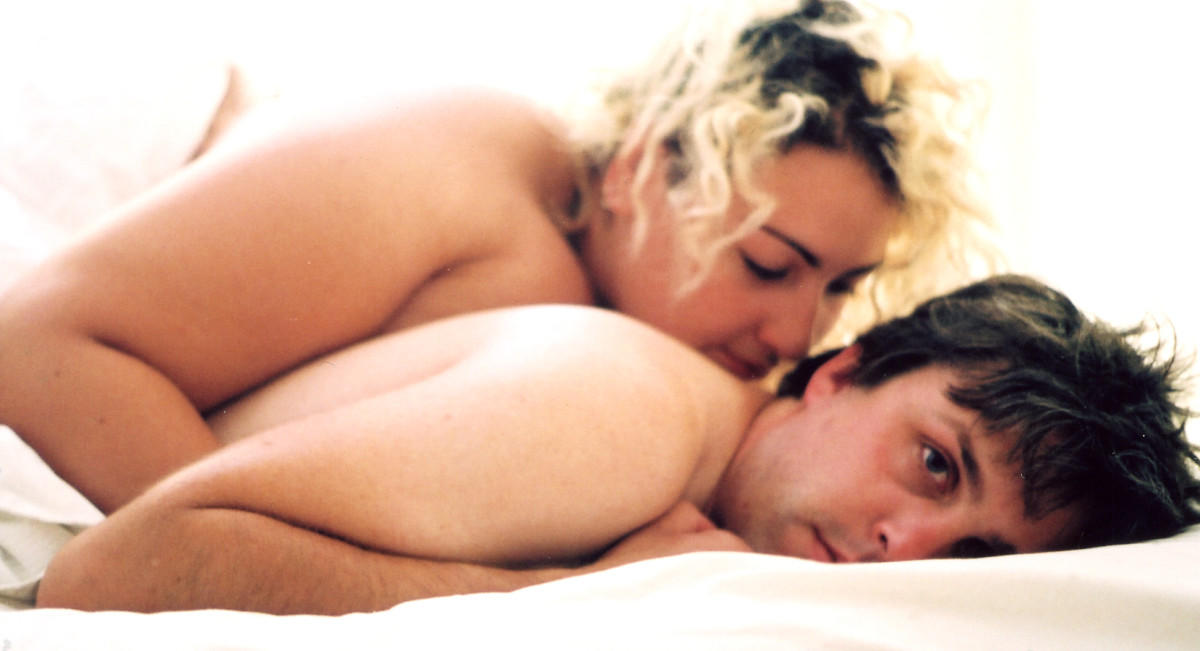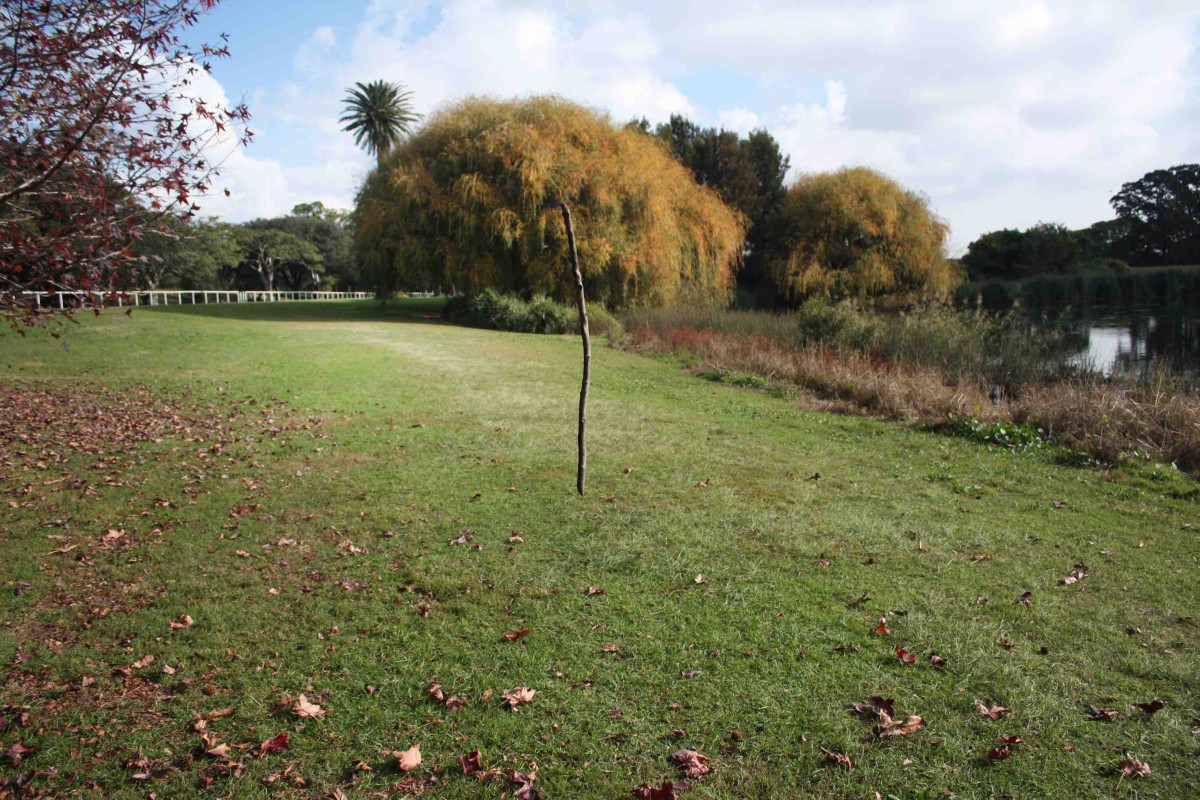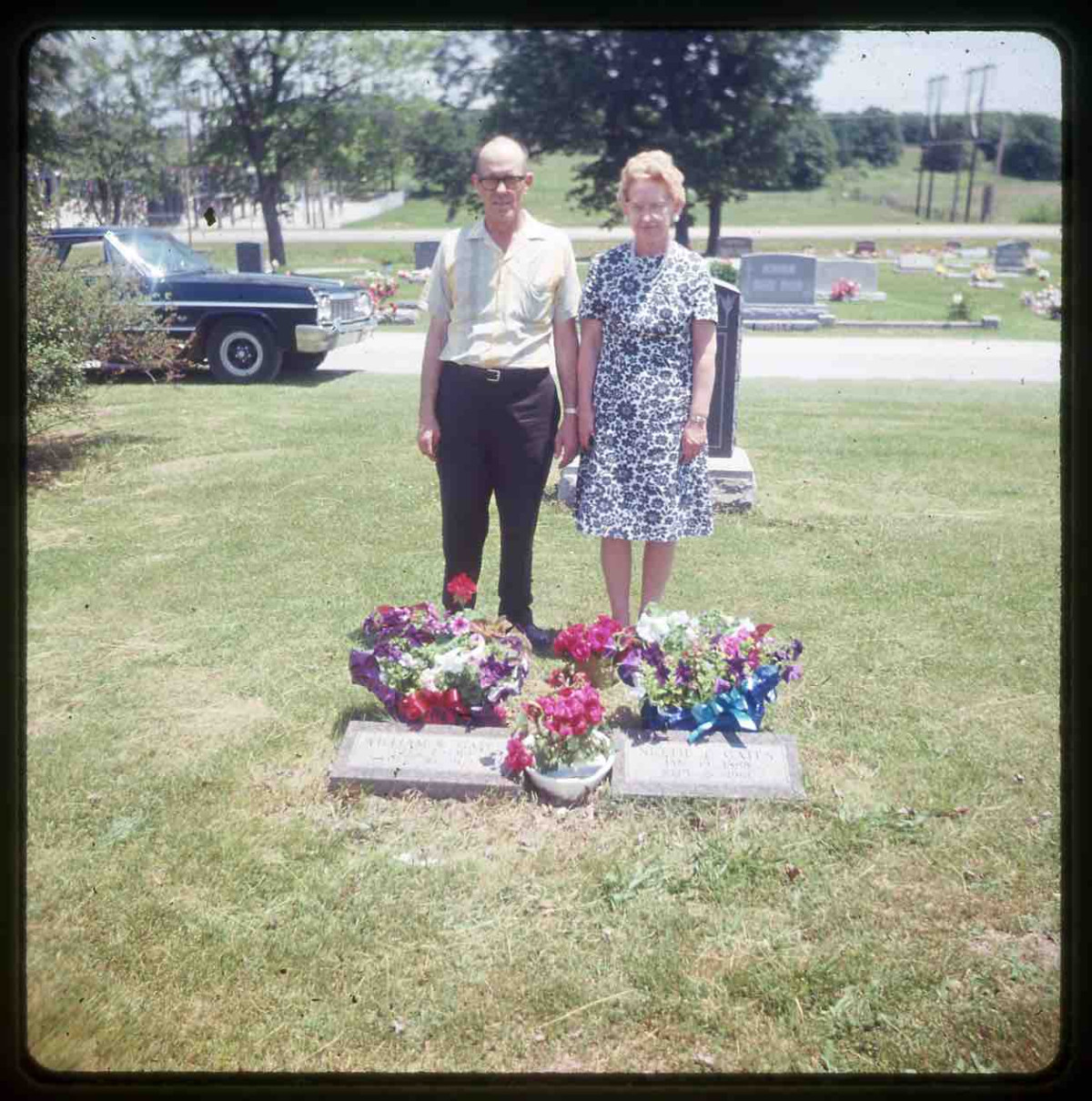 Runway, issue 13, 2009
Runway, issue 13, 2009Dead, guest edited by Daniel Mudie Cunningham
Cover: Anastasia Zaravinos
Runway 13 speaks to the dead. Ranging from the spiritual to the macabre, the contributions in Daniel Mudie Cunningham’s guest edited issue of Runway breathe new life into how we comprehend the inscrutability of death.
Runway 13 was launched at a party held at MOP Projects on 4 March 2009 with a performance by Anastasia Zaravinos.
Contributing Artists: Matthew Hopkins, Julia deVille, Michael Butler, Locust Jones, Carla Cescon, Jelena Telecki, Clinton Garofano, Cherine Fahd, Ron & George Adams, Pete Volich, Elvis Richardson, Drew Bickford, Luke Thurgate, Cash Brown, Leo Coyte.
Contributing Writers: Ella Barclay, Marise Williams, Christine Dean, Ross Murray, Mark Brown & Sophia Kouyoumdjian, Josephine Skinner, Ella Mudie, Alex Gawronski.
Cover: Anastasia Zaravinos, Christina Superstar Re-enacts Her Death, 2008
 Daniel Mudie Cunningham, High Art Stars, 2009
Daniel Mudie Cunningham, High Art Stars, 2009Editorial
In High Art (Lisa Cholodenko, 1998) career driven Syd (Rhada Mitchell) works as an assistant editor for Frame, a highbrow New York art magazine. Fate brings her together with Lucy Berliner (Ally Sheedy) a Nan Goldin-esque photographer whose practice long ago lost out to a codependent relationship with Greta (Patricia Clarkson) and their shared heroin addiction. Syd brings Lucy to Frame with a pitch to revive Lucy’s career. It works and Syd is promoted to ‘editor’, allowing her to work closely with Lucy on the cover feature. In the process they fall in love. When they go away for the weekend, Lucy sets the camera on auto timer and takes intimate photographs of them snuggling in bed, the morning light streaming through the room. The photos make the cover, Lucy dies from an overdose and Syd’s career is assured, however momentarily compromised by the blurring of that invisible thread separating life and art.
While editing issue 13 of runway, I kept thinking about this film even though I hadn’t seen it in a decade. Perhaps it had something to do with being assigned ‘editor’ of an art magazine. Should I have an affair with Anastasia Zaravinos, the artist I commissioned for runway’s cover? Well it couldn’t hurt – it might make us both art stars. Surely no one will die because, well for starters no heroin was involved, and by theming this issue around death, I figured the ‘real’ experience of death was safely quarantined within the realm of representation, where the image’s reproducibility distances us even further from the real.
I’ve long suspected that we make art to understand our own death, no matter how unconscious the impulse might be. Representation rehearses death, framing us – captured, still and forever memorialised, however betrayed by the finite flesh, blood and bone transporting us through life. This idea is no better illustrated than through photos, where according to Roland Barthes, ‘there is always a defeat of Time in them: that is dead and that is going to die’. Elvis Richardson and Ron & George Adams have contributed vernacular photographic images that depict scenes or people from a past inevitably eclipsed by death. Conversely, the dead comes alive in Cherine Fahd’s meditative photo series Spirit Sticks, where a kicked, otherwise inanimate stick is imbued with a paranormal life force. The mixed media paintings and installations of Matthew Hopkins reek of paranormal forces that, according to Ella Barclay, are an existential verification that life yields ‘no master plan’.
 Cherine Fahd, Spirit Sticks, 2009
Cherine Fahd, Spirit Sticks, 2009Courtesy of the artist
In her essay on memento mori – the reminder of death, often articulated through the image – Marise Williams refers directly to Barthes’s conception of the photo, along with other scholars, literary figures, and contemporary artists like Julia deVille, as examples of how death in visual culture is represented along rhetorical lines. Like photography, collage speaks to death. The reconstitution and recycling of existing images, otherwise destined for the trash, makes collage particularly transformative. The deliberate strategies of selection and placement are often at odds with the fierce immediacy of collage, indicated by the trace of the artist’s hand. From roadside grave tributes to the integration of cut-up images in the AIDS quilt as far-flung examples, collage has an urgent memorialising quality evident in the work of Michael Butler, Carla Cescon and Pete Volich.
The associated horror, fear and terror of death is pervasive in contemporary art, as seen in the work of Jelena Telecki, Drew Bickford, Cash Brown, Clinton Garofano and Leo Coyte. The superstitious links between death and the number 13 are brilliantly articulated in the creative writing of Ross Murray, commissioned to commemorate issue ‘13’ of runway, and a perfect fit with the politically charged paranoia of Locust Jones’s drawings. Violence and brutality is implied in Luke Thurgate’s charcoal drawings of men’s faces caught in various states of orgasm – proof that a ‘little death’ never hurt anyone.
While the ‘dead’ theme makes this edition of runway more literal than past issues, the approaches to death are anything but homogenous. Ranging from the spiritual to the macabre, the contributions herein breathe new life into how we comprehend the inscrutability of death.
 Elvis Richardson, Slide Show Land, 2002
Elvis Richardson, Slide Show Land, 2002Courtesy of the artist